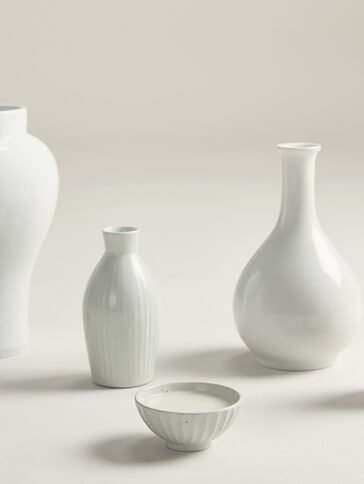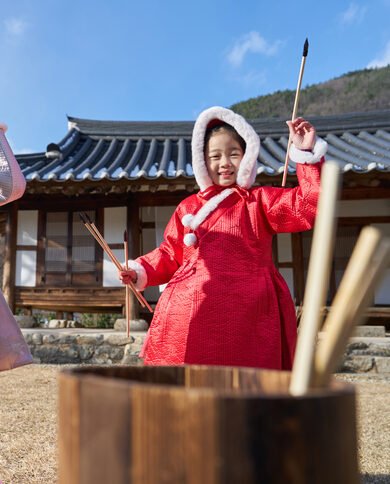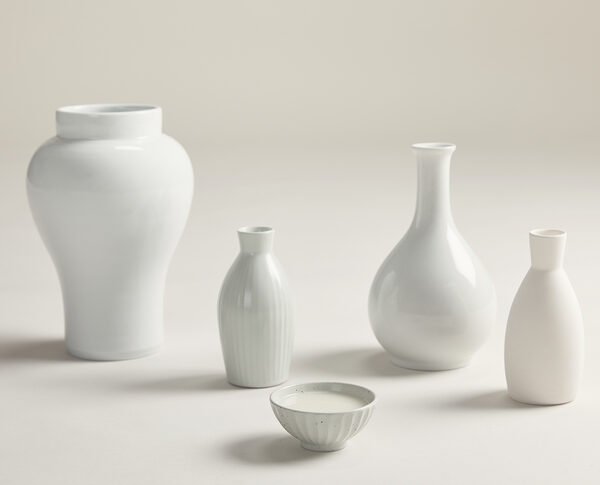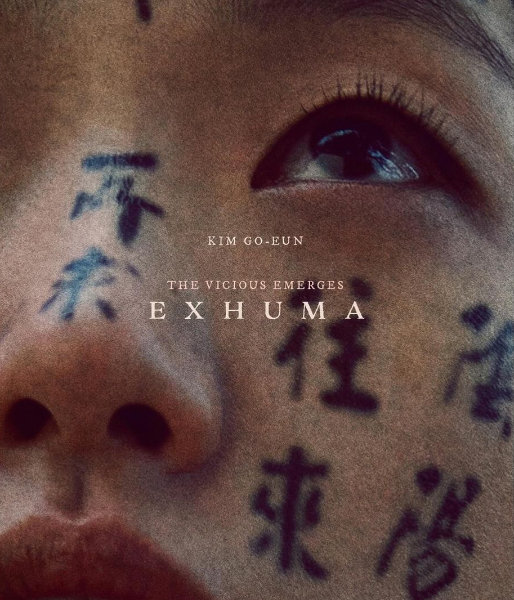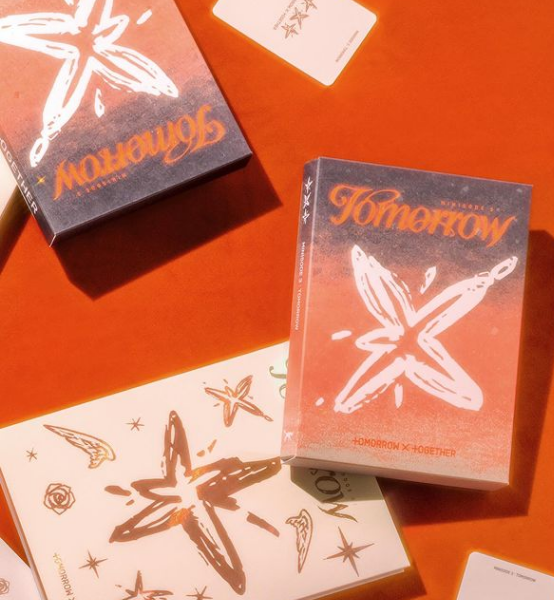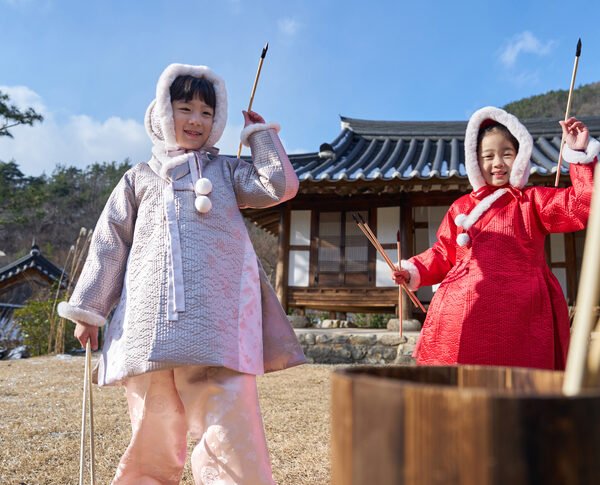The Hoam Art Museum in Yongin, operated by the Samsung Cultural Foundation, is set to unveil a large-scale exhibition that delves into the Buddhist art of Korea, China, and Japan from a ‘gender’ perspective.
Opening on the 27th, the exhibition titled Like a Lotus Unsoiled by Mud distinguishes itself from previous exhibitions focusing on Buddhist art, which predominantly centered on Buddhist paintings and sculptures, by shifting its focus towards women, an aspect overlooked in Buddhist art until now.
Curator Lee Seung-hye, during a press conference on the 25th, explained that the exhibition commenced with two fundamental questions: how Buddhism viewed women within East Asian Buddhist art, and what possibilities women saw within Buddhism that led to fervent devotion.
In line with this curatorial intent, the exhibition is divided into two parts, examining the depiction of women in Buddhist art and highlighting women as patrons and producers of Buddhist art.

1. Redefining Women in Buddhist Art – Gallery 1 at Hoam Art Museum
Rediscovering Women
In Buddhism, while Buddhas and Bodhisattvas transcend gender, celestial beings such as devas maintain gender distinctions. These gender dynamics directly correlate with the types of women depicted in Buddhist art. The first part of the exhibition divides female representations into human figures, bodhisattvas, and goddesses, exploring how past societies viewed women. “The Female Body: Maternity and Impurity” examines human female figures, while “Guanyin: Transformation and Transcendence” focuses on female bodhisattvas. Lastly, “The World of Goddesses: Between Devotion and Domination” reexamines female deities.
– Exploring the Depiction of Women in Various Buddhist Narratives
– Representation of Women’s Bodies in Buddhist Art
– Female Bodhisattvas in Korean Buddhism
– Unveiling Aspects of Goddess Worship in Korean Buddhism
2. Women as Patrons and Creators of Buddhist Art – Gallery 2 at Hoam Art Museum
Women’s Aspirations
The second part delves into women as patrons and creators of Buddhist art, revealing women who pursued enlightenment despite social and institutional constraints. Opening with “Desire for Enlightenment: Buddhahood and Rebirth,” it explores the ultimate aspirations of Buddhists through sutras, inscriptions, paintings, and sculptures. “When the Rooster Crows: Buddhist Women in Confucian Society” sheds light on royal women in Joseon Korea who supported Buddhism and its artistic development based on Confucian principles. Lastly, “Women Workers: Virtue of Needle and Thread” focuses on Buddhist embroidery and costumes, showcasing women’s faith, creative abilities, and labor.
– Royal Women as Active Supporters of Buddhism
– Female Artists in Buddhist Art Production
– Unique Representations of Female Devotion
The meticulously prepared exhibition brings together over 90 pieces of Buddhist art, including paintings, sculptures, sutra boxes, embroidery, and ceramics, from 27 collections worldwide.
Noteworthy among the exhibits is a set of 15th-century Korean paintings depicting the Birth and Departure of Buddha, presumed to be created as a single set. These paintings are being displayed together for the first time in this exhibition.
Additionally, significant artworks such as the Triptych of Shakyamuni Buddha from the Metropolitan Museum of Art and the Triptych of Medicine Buddha from the National Museum of Korea are being showcased together for the first time.
Among the most anticipated exhibits is the Gilt-bronze Standing Avalokitesvara Bodhisattva from the Baekje period (7th century), known as the “Baekje Smile,” which resurfaced in 2018 after being taken to Japan during the Japanese colonial period.
The exhibition also features loans from international institutions such as the Metropolitan Museum of Art and the British Museum, showcasing 52 items, including significant cultural assets from Japan.
Some works are only on display for a limited time. For instance, items like the Kuma-no-Kanzan-shigai-manda from the Tokyo National Museum can be viewed until May 7th.
Complementing the exhibition, an international academic forum titled Women in Buddhist Art: Beyond the Art will be held at the Leum Museum of Art in Hannam-dong, Seoul, on April 18th. In May, lectures by experts on Buddhist sculpture and Buddhist history will take place at the Hoam Art Museum.
Shuttle buses between the Leum Museum of Art and the Hoam Art Museum will operate twice daily from Tuesday to Friday throughout the exhibition period. Reservations can be made through the official website.
The exhibition runs until June 16th, offering visitors a unique opportunity to delve into the rich heritage of Buddhist art with a fresh perspective.

Conclusion
The ‘Like a Lotus Unsoiled by Mud’ exhibition at the Hoam Art Museum presents a groundbreaking exploration of Buddhist art through the lens of gender, shedding light on the often-overlooked contributions and representations of women in East Asian Buddhism.


